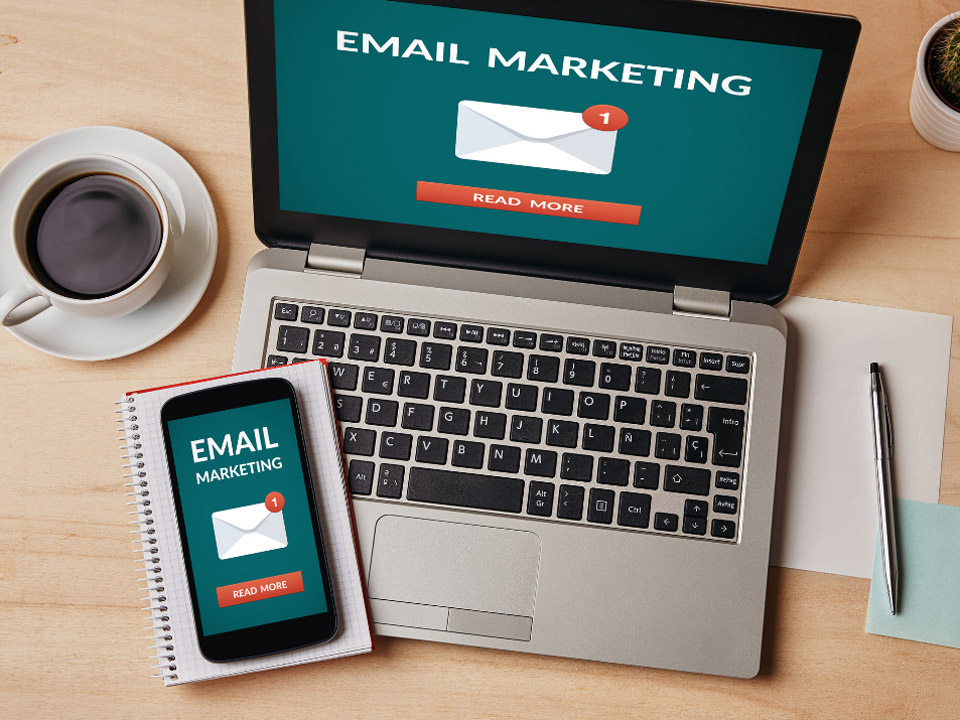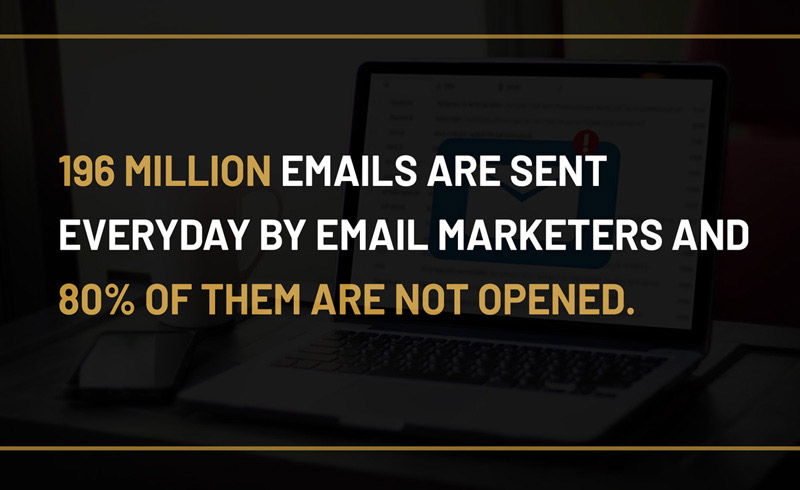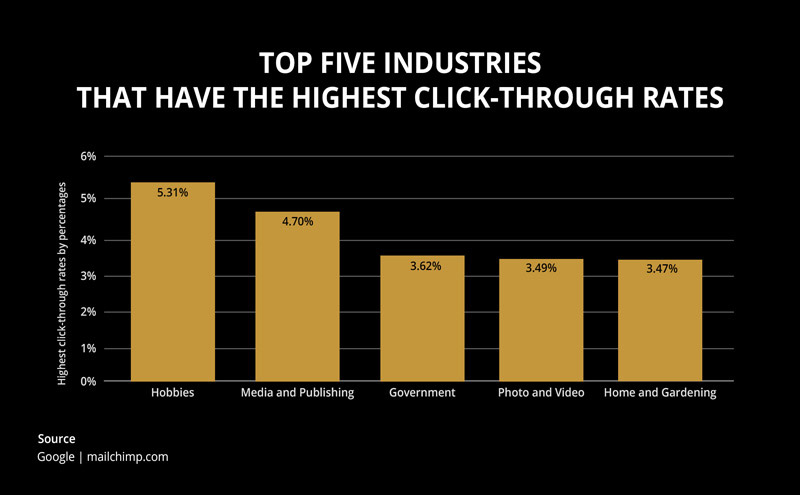
How can we Increase Click-through Rate (CTR) in Email Marketing?
When email marketers are asked about the metrics they measure, click-through rate (CTR) is almost always one of the first responses. In email marketing, the click-through rate enables you to determine the campaign’s performance and if your text, design, subject line, and other elements are successful in capturing users.
With 57% of email marketers raising their budgets for email marketing last year and email marketing continuing to produce the greatest average return on investment, it’s critical to understand how CTR may assist enhance the success of email marketing campaigns. It becomes even more critical when you know that 80% of the 196 million emails sent each day go unread.
Thus, when we discuss email marketing click-through rates, or CTRs, we are referring to the level of client involvement and interaction with each component of your email. By examining where and what each consumer clicked, we may determine which elements of the message they found appealing, such as tempting hyperlinks, powerful CTAs, and attractive graphics. Additionally, CTRs enable you to identify areas for development and determine the areas of interest of your subscribers, enabling you to build an even better campaign in the future.
In this article we will define, what is click-through rate and what we can do to increase the click-through rate of our email marketing campaign. Let’s get started,
What is the click-through rate in email marketing?
The click-through rate of an email message is the proportion of recipients that clicked on at least one link inside the email. To calculate it, divide the total number of people who clicked by the total number of emails delivered and multiply by 100 to obtain your email CTR percentage.
Naturally, ensure that you are not overcounting clicks. While most formulae state that the click-through rate is the number of times your emails are clicked, what they really mean is the number of people that clicked on any link in your email. As a result, if Bob clicks on two links in your email, he is counted as a single click, not two.
Now, many of you must be wondering what is a good click-through rate in email marketing?
Well according to sources, the Hobbies and leisure industry shows the highest click-through rate in email marketing with 5.31%, followed by the media and publishing industry with 4.70%.
5 Ways to Increase the Click-Through Rate of Your Email Marketing
While the ultimate objective of email marketing is to increase click-through rates, keep in mind that the best method to do it is to focus on your consumer and what they want to receive in their inbox. Concentrate on the following five areas as tried-and-true methods for increasing subscriber satisfaction and click-through rates.
1. Create an excellent first impression with a compelling subject line.
There are no second chances with emails. Subject lines are your make-it-or-break-it moment, determining whether you gain a customer’s confidence or a spot in their spam bin. It’s critical to capture their interest quickly and creatively. Therefore, choose your words with care.
Make your subject line count by limiting it to a few words—ideally five or less. Because more than half of all emails are opened on a mobile device, keeping content brief and to-the-point ensures that your subject line is not cut off on any device, but also that your message is easy to read on-the-go.
Moreover, using special characters can have a good impact on your click-through rate as well.
2. Consistently brand your emails
While your email’s design should constantly seem new and innovative, it should also be organized and purposeful. Establish a brand standard or template for your company’s newsletters and ensure that it fits within the context of your larger marketing objectives.
Ascertain that typefaces, logos, and pictures used in various media are consistent. When you establish a strong foundation of brand standards for the reader, they can concentrate on the fresh message and pictures you want them to view rather than on who sent the email.
3. Segment subscribers
At any given moment of day, hundreds of messages and businesses vie for your clients’ attention (and clicks). Subscribers, on the other hand, will make time for things that are meaningful and relevant to them, which is just where you come in.
Successful segmentation begins with the collection of client data when they opt in to receive your emails. Determine which information is critical to your company and which information you’d want to learn about your prospective clients, such as their name, location, age, job/industry, and other hobbies.
Segmentation is also the most effective method for categorizing your clients according to their interests, age, geography, or other demographic characteristics. Additionally, it enables you to micro-target very narrow groups of customers, either by providing them a special deal on an item they’ve already bought or by introducing them to a product you know they’ll like.
4. Be open to experimentation
A/B testing is your new best buddy when it comes to raising click-through rates. This entails delivering distinct variants of your email campaign to distinct segments of your subscriber list. This manner, you may collect further data on the material that your readers most often click on and continue to provide them with what they desire.
While the possibilities are limitless, this does not imply that your test items should be. We propose beginning with one or two variables—your most significant ideas about which you are most curious—and testing them. This might include the length, subject lines, sequence of the material, graphics, and calls to action, as well as any other characteristics you choose to compare.
A/B testing and not implementing your findings is like knowing that your customer’s preferred ice cream flavor is chocolate but yet purchasing a double-scoop of strawberry. After sending your first test, expand on your results and perform more tests to ascertain where (and why) your subscribers are clicking.
5. Ensure your success is automated
After you’ve gained a better understanding of your subscribers and developed a good content and design plan, it’s time to automate your efforts. Now that you’re aware of what will enhance your click-through rates, you can organize virtual meetings with your clients’ inboxes, commemorating significant occasions and anticipating their needs along the way.
The more consistently your brilliant efforts and mailbox appearances are replicated, the more likely subscribers will expect and click on your emails.
After you’ve collected data and created a campaign, design emails that will reach your clients at each stage of their buyer’s journey, anticipating their requirements and queries. The more one-step ahead of them you are, the more likely they are to interact and click.
Conclusion
While there are several strategies for increasing email marketing click-through rates, the most important thing to remember is that emails are merely a tool for maintaining connections with your subscribers. The more you anticipate and address their wants in your emails, the more likely they will click on and trust your information.




